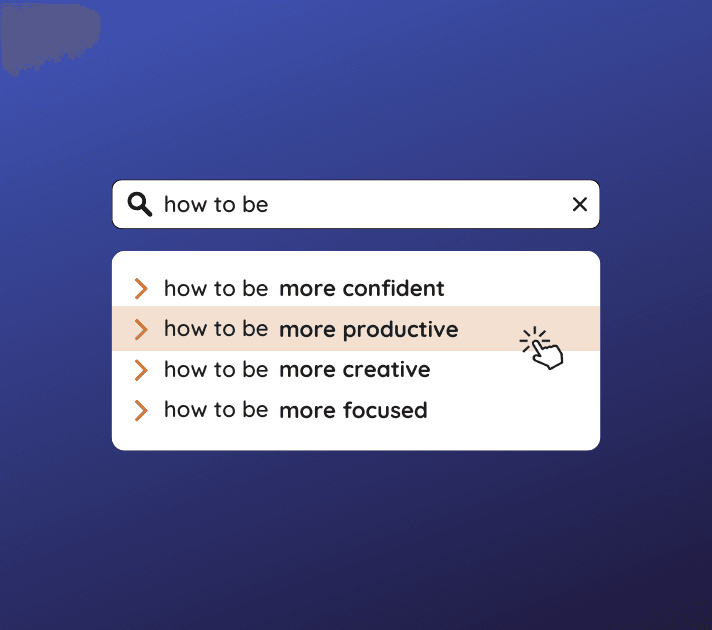
Optimizing for Voice Search: SEO Strategies for a Voice-First World in 2024
Traversing the Auditory Landscape: SEO Strategies for Voice-First Optimization in 2024
Introduction
In the constantly changing world of digital marketing, it's crucial to stay ahead of trends. With the increasing dominance of voice-first technology, prioritizing optimization for voice search is essential for businesses aiming to stay competitive. In this article, we'll explore the intricacies of voice search optimization and provide practical strategies to succeed in this auditory environment.

The global usage of digital voice assistants from 2019 to 2024
Voice Assistants( in Billions) | Year |
|---|---|
3.25 | 2019 |
4.2 | 2020 |
8.4 | 2024 |
Understanding the Rise of Voice Search:
Voice search has undergone a meteoric rise in recent years, thanks to the proliferation of virtual assistants and smart devices. With the convenience of hands-free interaction, consumers are increasingly turning to voice commands to fulfill their information needs. Consider these compelling statistics:
By 2024, it's projected that over 50% of all searches will be voice-based.
Voice commerce sales are expected to reach $80 billion by 2024.
75% of smart speaker owners perform voice searches at least once a week.
Embracing the Shift:
Why Voice-First Optimization Matters: As the adoption of voice-enabled devices continues to soar, failing to optimize for voice search can spell disaster for your online visibility. Here's why prioritizing voice-first optimization is non-negotiable:
Improved User Experience: Voice search streamlines the search process, offering users a faster and more convenient way to access information.
Enhanced Accessibility: Voice technology caters to a diverse audience, including individuals with disabilities or those who prefer spoken interactions.
Competitive Advantage: Businesses that adapt early to voice search optimization gain a competitive edge in capturing voice-driven traffic and securing coveted featured snippets.

According to a Report:
In the US, a significant portion, around 41% of adults, engage in daily voice searches. Forecasts indicate a staggering rise in the global count of voice assistants, expected to exceed 8.4 billion by 2024. Google Assistant boasts compatibility with over 30,000 home devices across the globe. Approximately 45% of voice search users opt for Apple's Siri. By 2023, the user base for voice assistants is projected to reach 125.2 million. In the US, about 36.6% of residents utilize voice assistants regularly. Notably, voice search results typically feature only about 1.71% of the exact keywords present in their search result title tags.
Key Strategies for Voice Search Optimization:
Now that we've underscored the significance of voice-first optimization, let's explore actionable strategies to elevate your SEO game in 2024:
Long-Tail Keyword Optimization:
Focus on conversational keywords and phrases that mirror natural language queries.
Leverage tools like AnswerThePublic and SEMrush to uncover long-tail keyword opportunities.

Structured Data Markup:
Implement schema markup to provide search engines with context about your content, making it more accessible to voice assistants.
Highlight crucial details such as business hours, contact information, and FAQs to enhance visibility in voice search results.
Featured Snippet Optimization:
Craft concise and informative content that directly addresses common user queries.
Format content using bullet points, numbered lists, and tables to increase the likelihood of appearing as a featured snippet.
Local SEO Optimization:
Optimize your Google My Business listing with accurate business information, including your address, phone number, and operating hours.
Solicit customer reviews and respond promptly to enhance your local search presence.
Page Speed Optimization:
Accelerate your website's loading speed to cater to the need for instant answers in voice search.
Compress images, leverage browser caching, and minimize server response time to optimize performance.

Conclusion:
As we navigate the transition to a voice-first world, adapting your SEO strategies to align with evolving consumer behaviors is imperative. By embracing voice search optimization techniques and staying abreast of industry trends, you can position your business for sustained success in 2024 and beyond. Remember, the key to thriving in this auditory landscape lies in embracing innovation and prioritizing user-centric experiences.
FAQs:
Q: How does voice search differ from traditional text-based search?
A: Voice search queries tend to be more conversational and longer, reflecting natural language patterns.
Q: Can voice search optimization benefit my e-commerce business?
A: Absolutely! Optimizing for voice search can drive traffic to your e-commerce site and facilitate voice-based purchases.
Q: Is it necessary to create separate content for voice search optimization?
A: While dedicated voice search content can be beneficial, repurposing existing content with a focus on natural language can also yield positive results.